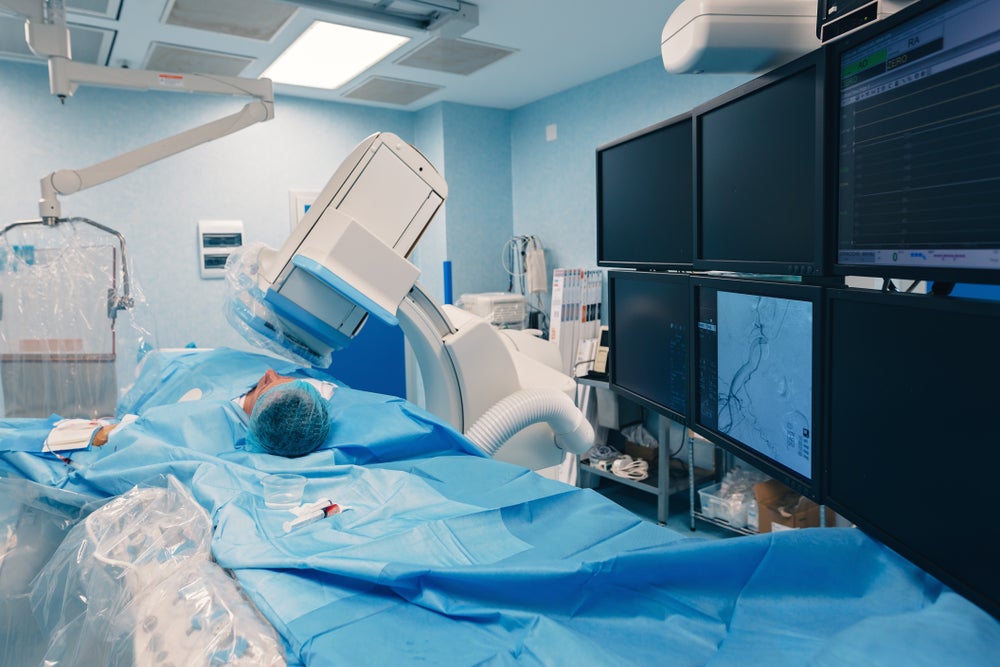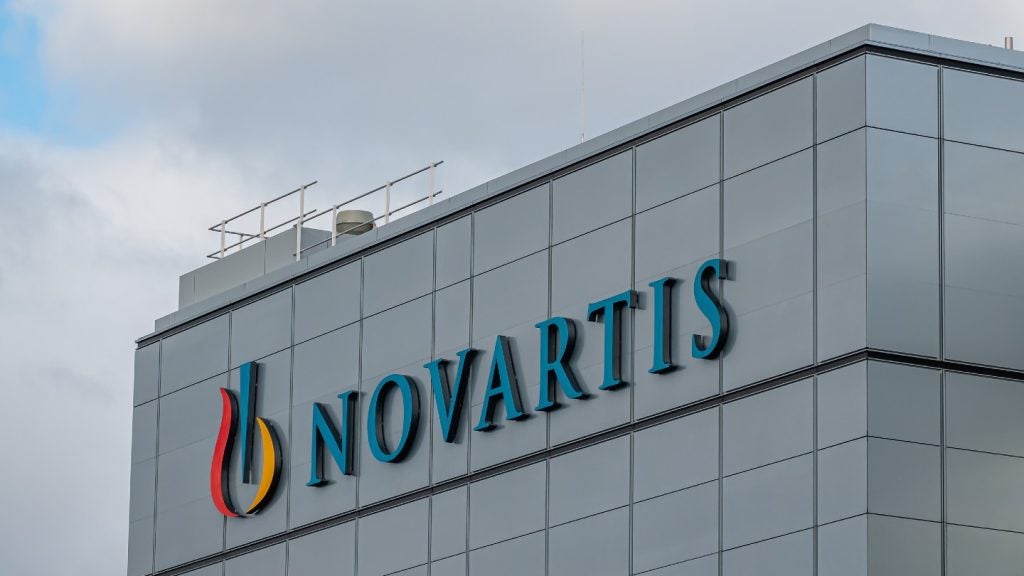
Research in the field of nanotechnology received a welcome boost in February 2009 when Swansea University in Wales received more than £10m in funding towards develop a £21m Centre for NanoHealth – a centre that could very well be the first of its type in Europe once complete. By bringing public and private research, as well as clinical, life science and engineering experts under the one roof, the university says it hopes to promote nanotechnology’s uses in medical research and applications. It comes at a time when the area of research is being dubbed as ‘the next big thing’ (the nanotechnology industry is expected to exceed $2.5tn in the next 15 years).
More than 400 companies (300 of which are small to medium-sized businesses within Wales) will benefit from new partnerships and more than 450 jobs could be generated within five years as a result of the centre. 12 academic appointments will also be set up at the university itself – good news during this time of economic doubt.
But don’t think this means the industry is anywhere close to reaching the mainstream. The Convergence of European Regional Development Fund may have seen fit to finance nanotechnology research but the majority of venture capitalists, health bodies and public users are still unwilling to accept the benefits such research could bring to the table in the way of medical device manufacturing and health.
This poses some interesting challenges for nanotechnologists and how these are addressed could affect the way nanotechnology is used and represented in future.
Three of the biggest challenges the industry has to face today are in the areas of innovation (where a lack of skilled professionals is stopping projects from reaching full potential), clinical trial support (trial candidates are often those already deemed unlikely to survive such medical procedures) and public perception, which many would argue is behind a lack of funding and widespread public disapproval of research at nanoscale.
See Also:
Overcoming giant nanohurdles
How well do you really know your competitors?
Access the most comprehensive Company Profiles on the market, powered by GlobalData. Save hours of research. Gain competitive edge.

Thank you!
Your download email will arrive shortly
Not ready to buy yet? Download a free sample
We are confident about the unique quality of our Company Profiles. However, we want you to make the most beneficial decision for your business, so we offer a free sample that you can download by submitting the below form
By GlobalDataThere are a number of areas in which nanotechnology is making headway in health. The University of Ulster in the UK and the division of surgery and interventional science at the University College in London (UCL) have both been working on medical implant devices they say will provide a better option for patients facing transplant procedures. They hope that nanotechnology can reduce complications seen when metal alloys, polymers and ceramics react with the body.
The University of Ulster is using nanotechnology to build and stimulate new bone, cartilage and skin to be used in cases of trauma. While the team of researchers at UCL have used a combination of nanotechnology, stem-cell research and tissue engineering to devise what it thinks will be the answer to long-life small-diameter bypass grafts for coronary and vascular applications.
Both bodies are experiencing long lead times and complications that have held each project back. University of Ulster head of biomaterials and tissue engineer research group, Professor Brian Meenan, says the transition from research to clinical use stage for his project could take up to ten years, despite significant progress being made within five.
“Almost 20 years ago scientists and engineers were predicting that major advances in the control of cell-scaffold interactions would provide for tissue-engineered skin, bone, cartilage and for the replacements for major organs such as the liver, kidneys and heart,” Meenan says. “However, progress in the intervening period has been much slower than had been predicted because the delivery processes that are needed to realise the benefits did not live up to expectation. Our challenge is to both improve today’s materials and also deliver new systems that are designed to interact with the body in specific ways.”
The UCL team are also experiencing delays. They say they have the technology right. After one unsuccessful (75% success rate) two-year animal study they are now waiting on funding for another six-month animal trial before heading into clinical trial in 2010 for a straight coronary artery. UCL division of surgery and interventional science Professor Alexander M Seifalian says the artery created at UCL is the closest researchers have come yet to overcoming problems such as thrombosis and intimal hyperplasia and blockages seen with other synthetic options used in medicine today.
“At present there are two plastic tubes used for artificial bypass on the market, both of which are more than 30 years old. After five years 70% of these end up blocked,” he says. Controversy surrounding stem-cell and nanotechnology research, however, may hold the team back at clinical trial stage according to Seifalian, who says such trials often attracted older patients will to try the transplant as a last result. For clinical trial, this is often a worse-case-scenario that hinders the trial’s outcome.
The future of nanotechnology
These two cases highlight areas that should be of particular concern to proponents for the growth of nanotechnology in medical device development – skills and public perception. Speaking at the Medical Innovation Forum in Harrogate, UK, last year, UK Institute of Nanotechnology manager of nanomedicine and lifesciences, Richard Moore, said that while the industry was very quickly moving towards a level of ‘smartness’, where precise molecular machines will be one day able to be used as mini-machines for medical procedures, for example, little was being done to train the generation that will help bring this to mass-market use.
“And this is not only in the training of nanotechnology itself – it is also in the support of the technology. We need to know where the risk will be at manufacturing and how it will be assessed, regulated and so on – none of these areas are covered by curriculums as far as I know,” Moore said.
Moore said the issue goes beyond training. The Institute of Nanotechnology is currently arranging courses to explain to medical practitioners the benefits of nanotechnology in health and how it works to try and encourage uptake.
Negative perceptions leave a lot of nanotechnology researchers in the same void as UCL – waiting for patients that are in health scenarios similar to what the approved technology would be used for. Coronary bypass patients in general react better depending on age and condition due to the speed of cell growth.
The public also needs to know how nanotechnology works if it is to accept its use in medicine. This means the research centre in Wales, and others like it, have more of a role to play than putting a roof over research projects and bringing professionals from differing industry sectors together. With support, the centre will hopefully be able to help widen knowledge and skills within the nanotechnology sector and the industries where it can help, so that one day, nanotechnology can really start making the difference to lives that it promises in today’s research scenarios.






